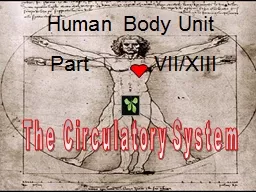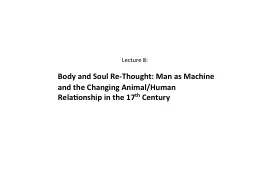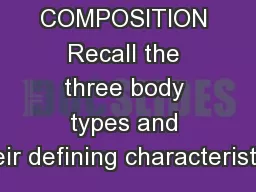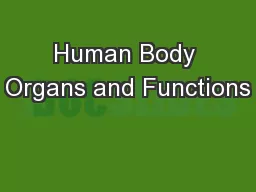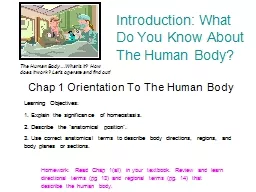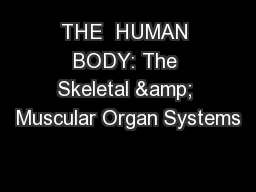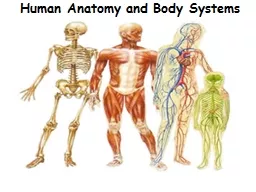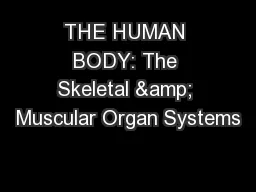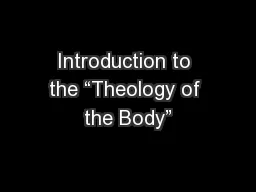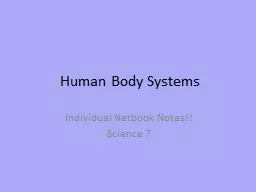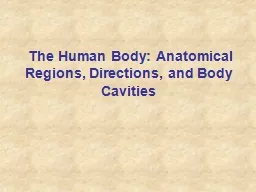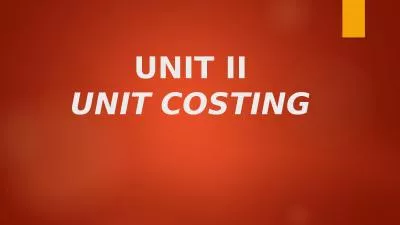PPT-Human Body Unit
Author : ellena-manuel | Published Date : 2016-10-15
Part VIIXIII The Circulatory System NGSS 35 NGSS MS Thinking about the circulatory system what must go Into the body and what must come out New Area of Focus
Presentation Embed Code
Download Presentation
Download Presentation The PPT/PDF document "Human Body Unit" is the property of its rightful owner. Permission is granted to download and print the materials on this website for personal, non-commercial use only, and to display it on your personal computer provided you do not modify the materials and that you retain all copyright notices contained in the materials. By downloading content from our website, you accept the terms of this agreement.
Human Body Unit: Transcript
Download Rules Of Document
"Human Body Unit"The content belongs to its owner. You may download and print it for personal use, without modification, and keep all copyright notices. By downloading, you agree to these terms.
Related Documents

